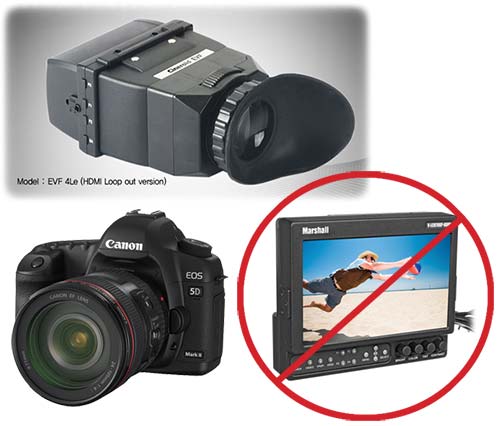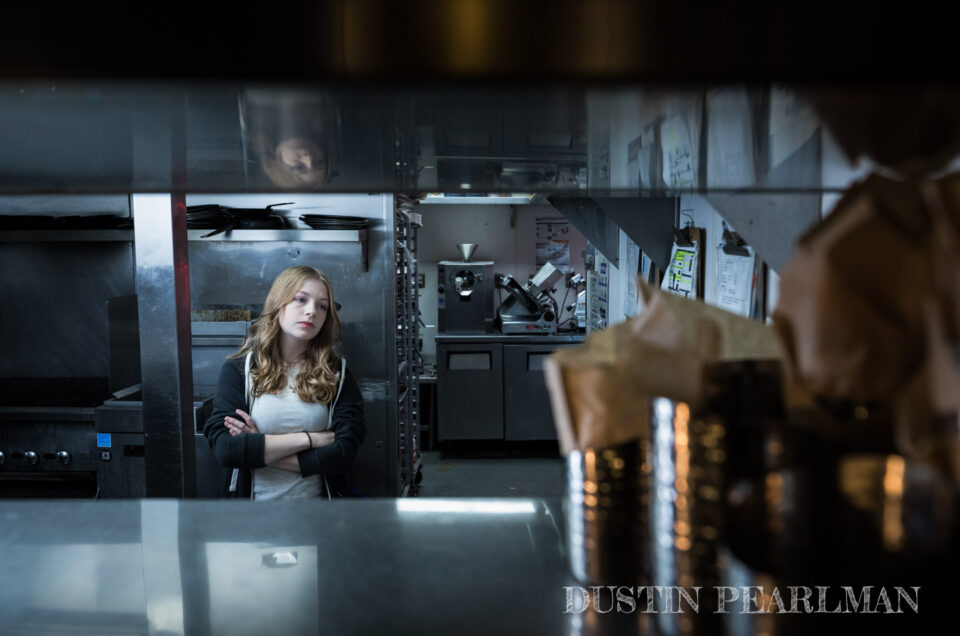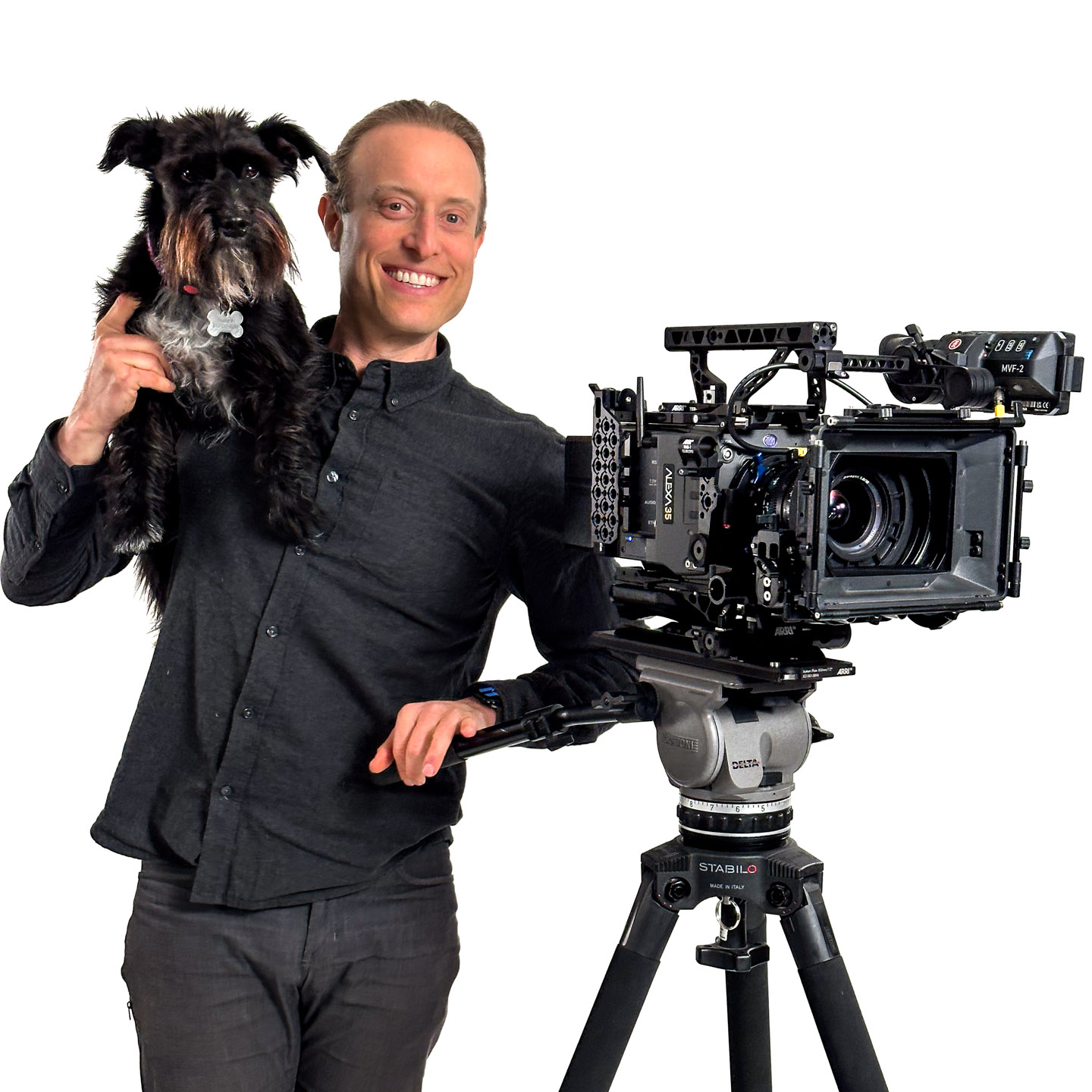I was vocal about my disdain for the DSLR craze in a posting from last year. Upon returning from my time in Maine with the Canon 7D shooting Lucas McNelly’s “Up Country,” I was more than a little dissatisfied with the camera. Many of its shortcomings–at least from an operator’s standpoint–seemed like relatively easy fixes. While operating B-camera for David Robert Jones on a Funny or Die pilot presentation last week, I was exposed to what had the potential to be the DSLR savior.
Before you stop reading, I’m not getting paid to write this (sadly). This is totally unsolicited. I’m writing this as a public service to fellow my cinematographers who are forced to use a 5D Mkii–against their will–because the director or producer owns one [sarcasm].
The Cineroid EVF, which was dubbed “The ‘Roid” on set, is a nifty and affordable device. Here is why you should get one (in no particular order):
–Peaking Sharpness – finally no more of this bullshit black & white with red highlights telling you that something is sharp (does anybody in the world like this mode?). We can kick it old school with peaking sharpness that we know and love.
–Zebra bars – here’s a novel idea for a video camera: customizable zebra bars (it allows 2 different types from 0-100 IRE)
–HDMI loop through – no longer are we limited to a single monitoring source. Yes, I’m aware that HDMI splitters exist, but this is simpler and more streamlined.
–Pixel to Pixel mode – what makes this a true “feature” is that you can utilize it while the camera is rolling to check focus. however, you can’t select a particular section of the image, it defaults on the center.
–Clip guide – it tells you exactly where you are overexposed past the point of no return (given the camera’s limited dynamic range this can also be depressing).
–Flexibility – with the aid of a quality israeli arm, you can get this bad boy into any ergonomic position you desire which makes operating comfortable with or without a handheld rig.
–Convenience – when you power down the ‘Roid, the camera’s on-board monitor turns back on, so there is no need to pull out the mini-HDMI cable when you want to see it. Sadly, this has a major downside: if you are rolling and turn on or off the Cineroid, then the camera cuts.
The unit isn’t without its flaws. It boasts a limited resolution of 800×480 (to put this in perspective, the iPhone4’s Retina display is 960×640). When you don’t use the optical loupe, the 3.2″ display appears very similar to the on board 3″ display (which is only 640×480). However, when you flip over the loupe, the magnification calls attention to the lack of resolution. It is reminiscent of a low grade viewfinder we’ve spent countless hours enduring before stunning images shown on items like the RED Bomb EVF significantly raised the bar. Then again the Cineroid retails for $599 or can be rented for $50/day (list) from Birns & Sawyer, which is where our unit was from. RED charges $3,200 for their EVF, so it is not really a fair comparison seeing as though you can buy the Cineroid AND a DSLR for less than that!
Other shortcomings include:
-The inability to have more than one function/feature turned on at the same time (i.e. zebra bars and peaking). It’s not exactly Sophie’s Choice, but I’d rather not have to choose between knowing if something is in focus over catching highlights that are clipping.
-It takes about 15 seconds in the menu to flip/mirror the image, which is about 13 seconds too long for such an important/common task.
-the website claims it generates 2.35:1 frame lines, but I wasn’t able to figure out how to do so (it isn’t in the manual either).
-on the 5d mkii, the image cuts out and it goes to color bars for about 3 seconds when you roll and cut. oddly enough, this doesn’t happen with the 7d.
I didn’t spend much of any time testing out the unit’s False Color Mode. For some reason I’m convinced that nobody but RED does a good job with it. When shooting DSLR, I often use the on-board for exposure choices because the contrast ratios on the Cineroid and Marshall monitors leave much to be desired. There is something comforting about the image on the camera’s LCD compared to external monitors. Sounds crazy, but so is using a DSLR to shoot anything other than home videos…Then again, after watching this interesting camera test using available/natural light (Aaton 35mm, Aaton Super 16mm, ARRI ALEXA, RED ONE MX, Canon 1D Mark IV DSLR, and the Sony F3) my venom for DSLRs partially dissipated and has been redirected towards one of those cameras in that list that I can’t name because it will potentially sully your test results (I got 2 wrong).










Leave a reply